In recent years, we have seen an increase in the popularity of Python for developing enterprise applications, with about 43% of developers focused on Python and 34% on Java.
The main reason for Python’s popularity is that Python code is ‘dynamically typed,’ which means that the developers don’t need to concern themselves with the precise declaration of variables and variable types. This makes Python far easier to learn and use than Java and C-based languages.
There is no question that Python has a place in enterprise software development. Not every application requires the performance and robustness of compiled Java code. Python can be an ideal choice for in-house development, especially for proof-of-concept projects. However, does that qualify Python as the appropriate choice for developing mission-critical enterprise applications?
The table below lists some of Java and Python’s generally accepted pros and cons.
| Topic | Java | Python |
|---|---|---|
| Complexity | As a development language, Java is more complex than Python. | Python is less complex than Java and can easily be self-taught. |
| Development time | Java requires more lines of code for similar functionality. | Python does not require variable declaration and is more compact, which enbables manual coding. |
| Code changes, testing & debugging | Java requires code compilation, which makes debugging more time- consuming. However, this makes it easier to find obscure coding errors, which greatly reduces the chance of software defects encountered at runtime. | Python code is executed line by line at runtime, which makes initial debugging and code revisions easier. However, this becomes a burden for larger applications, requiring far more testing effort to find obscure software defects. |
| Execution speed | Java code is compiled to bytecode, which executes much faster than interpreted code. | Python code is interpreted at runtime. Execution is noticeably slower, especially when complex algorithms and calculations are involved. |
| Performance and scaling | Java supports multithreading. Compared to Python, Java scales easier to handle increased application size, workloads, and users. | Python lacks Java's strict coding syntax and multithreading, so it cannot run parallel tasks to scale as quickly. It does, however, scale linearly with increased computing power. |
| Reliability | Java must be compiled before execution, which helps identify errors ahead of time. | Python coding errors are more likely to be ‘hidden’ until they occur during code execution, possibly after being deployed. |
| Stability | Java applications benefit from additional stability because data types are declared upfront and checked at compile time before code execution. | Due to the late error detection of Python code, Python apps are more likely to experience instability. |
| Security | Java compilation generates a class file with bytecode, which the Java Virtual machine (JVM) tests for viruses and malware. Java supports advanced security options around access control and authentication. Java usually has more advanced security-related quality gates in the CI/CD process than Python, such as dependency scanning, static analysis, and runtime security testing tools. | Python CI/CD pipelines may also include some security-related quality gates, but they are typically not as comprehensive as Java CI/CD pipelines. This is because Python is a dynamically typed language, which means there is no compilation step to detect software errors, viruses, or malware. Consequently, it is more difficult to detect security vulnerabilities in Python code. With Python, security becomes the responsibility of the developers. |
| Updates | Java 1.0 was released in 1996. Java received comparatively more releases over the years due to a stronger focus on enterprise-scale applications. | Python 1.0 was released in 1991. As a development language, Python has a longer history than Java. |
| Platform independence | With Java, the same code can be deployed across web, mobile, and desktop applications. Java code is executed on a JVM, which is available for all virtually modern platforms. | Python is platform-independent because many platforms support a Python interpreter for code execution. |
| Available skilled developers | A large community of developers supports Java. | A large community of developers supports Python. |
Valid use case arguments can be made for both Python and Java. Python is the preferred choice for proof-of-concept projects in data science and AI/ML applications or when speed to market is paramount. On the other hand, Java is the preferred choice for mission-critical enterprise applications, where execution speed, stability, and security are paramount.
Vanenburg has a long history of developing enterprise applications. To support platform independence and deliver high-quality code with enterprise-grade performance and security, Vanenburg consciously uses Java as a development language, as opposed to Python or modern C-based languages (the latter often being tied to Microsoft’s ecosystem).
Bringing the benefits of Python over to Java, Vanenburg’s Rappit Developer strikes the perfect balance between the ease and speed of application development associated with Python versus the inherent performance, scaling, and security aspects of Java.
Curious to learn how Rappit Developer accelerates the development of Java-based enterprise applications? Contact us for a free consultation!



